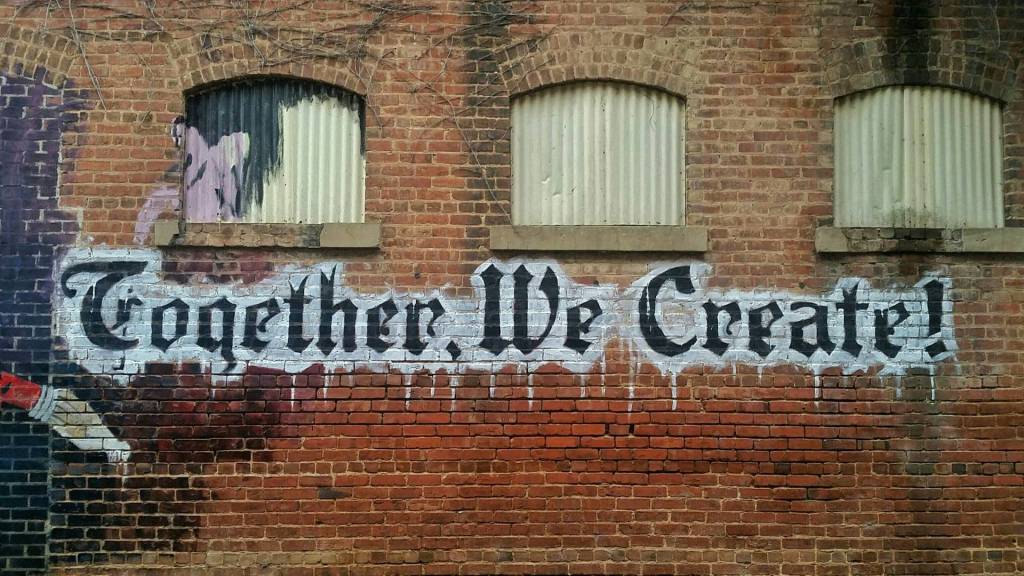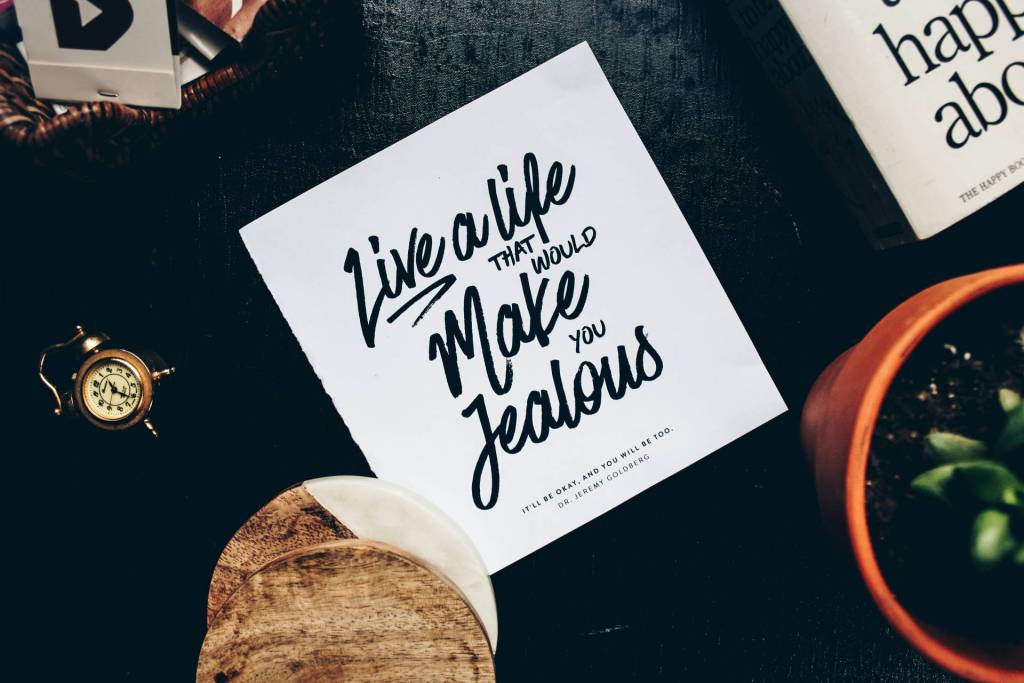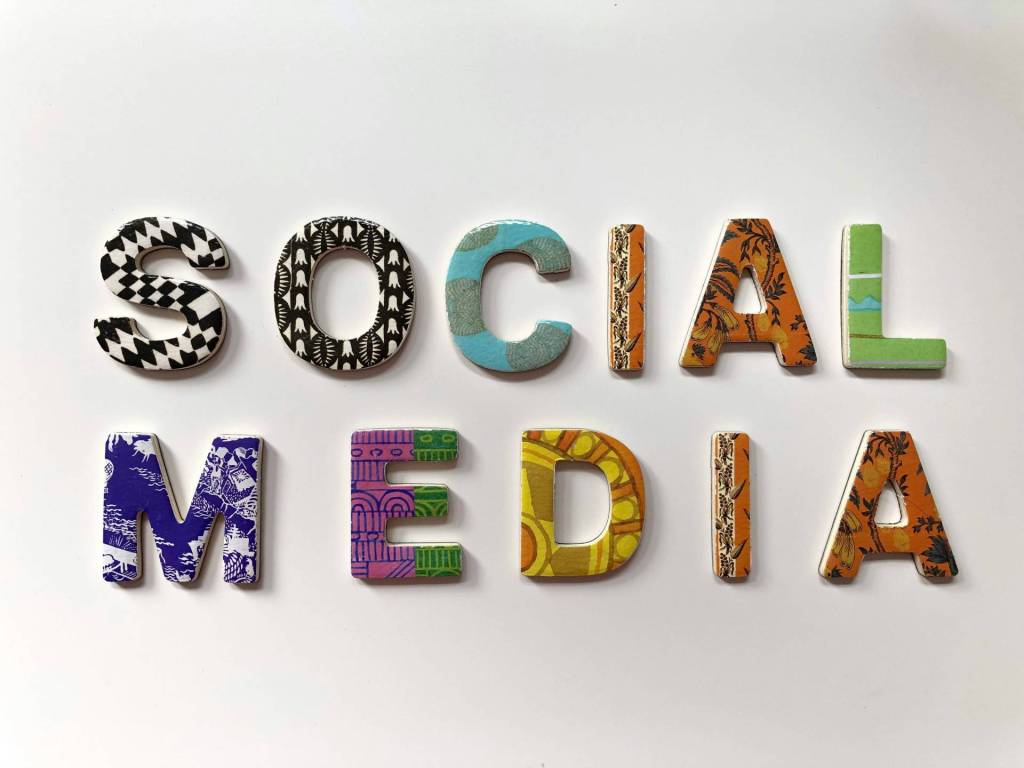This is the first post in a series dedicated to YOUR personal branding toolkit. Don’t leave home without it!
Your personal branding toolkit
1) Business cards
2) Portfolios
3) Resumes
4) Cover letters
Business Cards – A 3.37×2.125 inch card displaying information about you, your business or both.
I’ve seen many business cards in the past decade of my life and most don’t do people justice. They are always stale and don’t capitalize on personal branding. Have you ever gone to a conference, a networking event, a business dinner or an job interview, where the business cards were “just another piece of paper” and “so last century”?
Here is what happens when you receive 50 business cards in a single night of networking:
- You can’t match any names with faces, so you forget everyone.
- You are so overwhelmed that you don’t know who to follow-up with first and end up not touching base with any of your new contacts.
- You have spent so much time connecting with many different people that you’ve neglected to build a stronger relationship with a select few.
- You toss them in your card holder, under your bed, within your sofa or ontop of your TV.
How to create a business card that SCREAMS “BRAND ME”!</strong
Before you read this, realize that you have to mentally throw out all the business cards you’ve ever seen because most of them are just plain terrible. Your business card is not only how you can make a statement but leave a lasting memory.
1) Name: Use your full name that you want people to call you. You don’t have to use your legal name and don’t use a nickname.
2) Personal picture: Every business card should contain your face. It’s rare to see someones picture on their business card. I never forget a face, do you? I don’t care if I pick up 1,000 business cards from an event, I will certainly remember your’s if you have your picture on it. A picture isn’t just about “being memorable,” it’s also important because it shows personality. It’s your chance to smile, have a goofy face or look angry. Let your brand shine through!
3) Logo: Whether you have a personal or corporate logo, it has to be included on your branded business card. A logo is the best visual for branding. I don’t see many business cards that don’t include this crucial element. Example logos
4) Contact information: You don’t have to include your address, phone number, fax number or email address. Cards that have all of this information are usually the worst because there is no white space and it’s crowded and confusing. Take it from me, just use your preferred method of contact. You can drop everything and only include “Google Me,” like Scott Monty did when I first met him.
5) URL(s): This is the perfect time to include a link to your blog, LinkedIn account or any other website that best represents your brand. It’s almost like saying “for more information that is not included on this business card, please see these websites.” Don’t include more than 2 or people won’t know what to do.
6) Material: Apart from common business cards made of paper/card there are also special business cards made from plastic (frosted translucent, crystal clear, white or metallic). You can even use metal, rubberized cards, magnets or wood. You are guaranteed to stand out if you don’t use the regular material.
7) Product snapshots: If you sell a certain product, like an iPod, a car or even a house, then take a snapshot and put it in your business card. Instead of having to explain your business on your card, make it simple by using a graphic.
8 ) Font: The typeface you use is very important for your personal brand.
9) Personal brand statement: This is yet another place to put your personal brand statement. Remember, this statement includes “what you’re the best at” and “the audience you serve.” It’s personal positioning for the 21st century.












